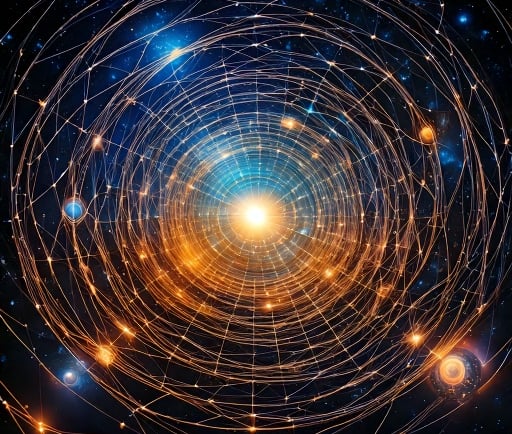Untangling the Cosmic Web: A Journey Through the Universe's Structure


Introduction to the Cosmic Web
The universe is a vast expanse filled with mesmerizing structures and patterns, one of the most fascinating being the cosmic web. This large-scale structure of the universe is comprised of interconnected filaments of galaxies, dark matter, and gas. Each bright knot or cluster visible through advanced visualization techniques represents an entire galaxy, encapsulating the rich diversity found in the cosmos.
The Formation of Galaxies Within the Cosmic Web
The formation of galaxies is a complex process intricately linked to the cosmic web. In its early stages, the universe was a hot, dense state that began expanding. As it cooled, small fluctuations in density led to the gravitational attraction of matter, gradually allowing galaxies to coalesce. Today, these galaxies are distributed along filaments of the cosmic web, creating a network that influences galactic evolution.
The Importance of Visualization in Understanding Cosmic Structures
Visualization plays a crucial role in astrophysics, particularly in comprehending the large-scale structure of the universe. Using advanced imaging techniques, astronomers can map these intricate patterns, revealing how galaxies relate to one another through the cosmic web. This visual representation helps scientists analyze various phenomena, including galaxy formation and dark matter distribution. Enhanced visualizations enable researchers to pose new questions and explore previously uncharted territories in cosmology.
In conclusion, the cosmic web serves as a captivating framework for understanding the universe's large-scale structure. By exploring this cosmic network, we gain insight into the formation and distribution of galaxies, which ultimately shapes our knowledge of the cosmos. The ongoing advancements in visualization techniques will undoubtedly further illuminate the vast contours of the cosmos, answering questions that have puzzled astronomers for ages.
